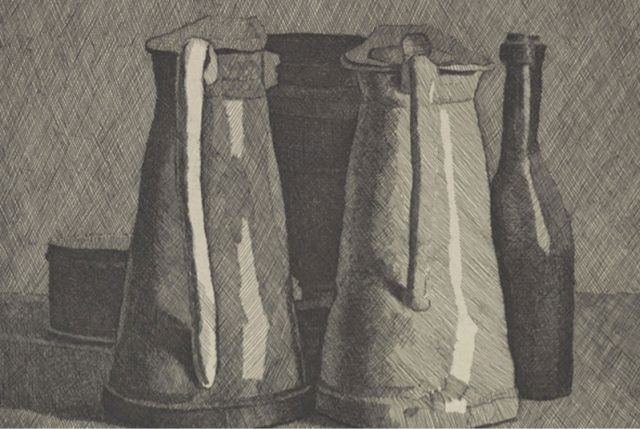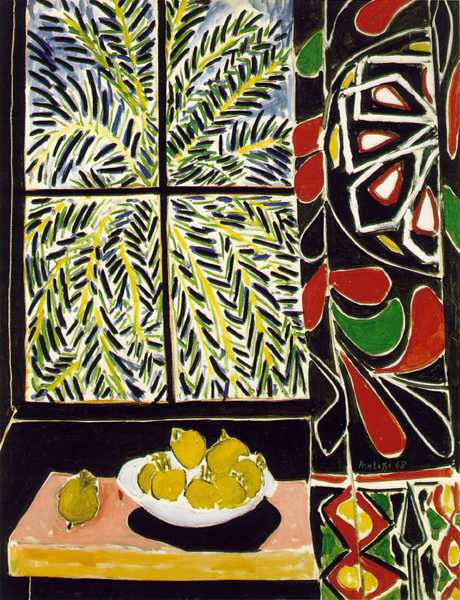The History of Still Life
The history of the 'Still life'

A Still life is normally a composition of inanimate (everyday) objects that are arranged together for a specific impact chosen by the artist. Many art movements explore the still life and it is a popular choice of subject matter that uses organic objects such as food, flowers, rocks, plants etc. These objects are usually arranged on a table that also includes household items such as glassware and textiles. The term "still life" comes from the Dutch word 'stilleven'.
The still life originates from the ancient Egyptians, Greeks and Romans. Egyptian still life paintings focused on food such as fish and meat. The paintings were discovered in ancient tombs which represented scenes of everyday life. The images were also considered as religious symbols.

The Greeks and Romans were more detailed and realistic as they used more shading and tonal values. These were painting on buildings and became wall paintings.

Guiseppe Arcimboldo (1527-1593) was an Italian painter who uses the subjects of still life paintings such as vegetables and objects arranged in particular compositions to relate to a human portrait.

Northern Renaissance artists also popularised the idea of the still life in the 17th Century which was characterised as the "Golden Age" of still life painting. These paintings were much more rich in tonal values and composition was much more considered and correct. The most famous were Dutch painters such as:
Jan Davidsz de Heem (Vase of flowers, 1660).

Willem Claesz Heda (Banquet Piece with mince pie, 1935).

Moving into the 19th Century there were more art movements such as (modernism, impressionism and Realism) each having their own style of depicting the still life.
Impressionist artists was a move into a less traditional way of painting a still life. There work was more spontaneous (unplanned/spur-of-the-moment) and they painted scenes of everyday life.
Renoir was a French Impressionist painter
In this work, the artist stressed the three-dimensional physicality of his fruits and vegetables by emphasising their contours and using long, diagonal brushstrokes.

Post-impressionism grew out of impressionism and artists such as Cezanne started to create his own style of working.
Paul Cezanne (1839-1906, Bouilloire et fruits)
In these paintings, Cezanne focused on paint qualities, light and colour. He wanted to capture a view of how a human see's an image in real life and he did this by reducing objects to simple forms and shapes (cubes, spheres, prisms etc).
.jpg)
"He developed a new way of capturing his visual sensations. He believed that conventional perspective, which used a single viewpoint, did not accurately reflect the way we perceive the world. In his paintings he combined several viewpoints of the fat-bellied jug and fruit" (Tate).

Vincent Van Gogh (Grapes, Lemons, Pears and Apples, 1887)


In this work he simplified his palette and used complimentary colours (yellow and purple, blue and orange, red and green) to create a contrasting colour intensity.
Giorgio Morandi- Still life


Colour power was also used by artist Henri Matisse in his still life paintings. Matisse said that he simplified the drawings so he could increase the expressive power of the colour. He was of of the founding leaders of fauvism.


"Although 'The Egyptian Curtain' is a simplified and stylised Fauvist image, it is still an accurate reflection of the way we look at things. If you stand inside a room on a sunny day and stare through the window at something outside, your eyes become adjusted to the brightness of the sunlight. Then, when you turn to look at something inside the room, you are partially blinded while your eyes adjust to the change of light. By contrasting the sunlit objects in 'The Egyptian Curtain' with its dark interior, Matisse uses the same optical phenomenon to increase the luminance of his colour to an extreme pitch. The palm outside explodes in a sunburst against the black window frame and the vitality of its brushstrokes emphasise the energy of its light. This colourful drama continues inside the room through contrasts of the fruit bowl and curtain with the dark interior."
https://www.artyfactory.com/art_appreciation/still_life/henri_matisse.htm
Pop Art Still Life (Roy Lichtenstein)
When we think of still lifes, we think of paintings that have a certain atmosphere or ambience. My still life paintings have none of those qualities, they just have pictures of certain things that are in a still life, like lemons and grapefruits and so forth. It’s not meant to have the usual still life meaning.
—Roy Lichtenstein


Comments
Post a Comment